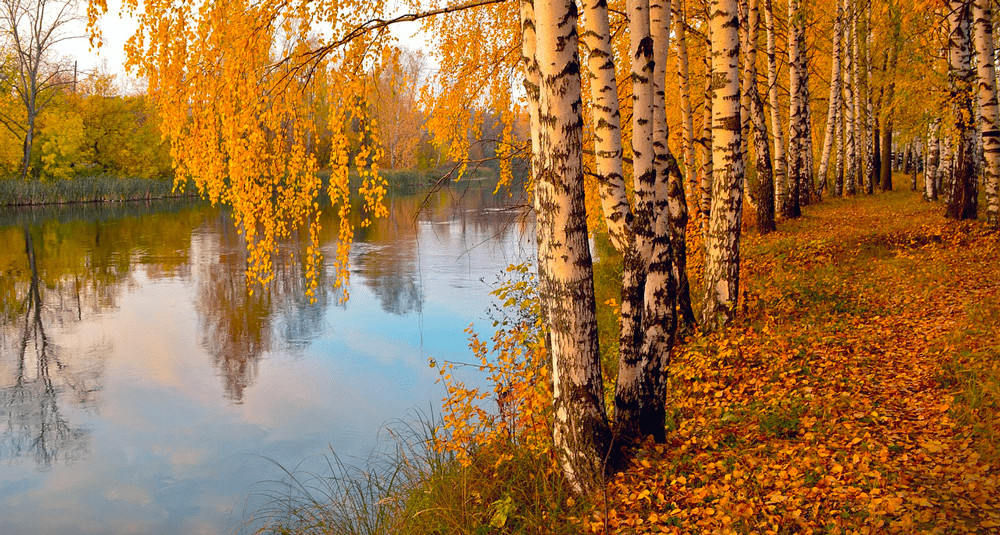How many species of birch trees exist in Europe?
Last Updated:
Definition: what is a birch tree?
The birch tree is a tree of the Betulaceae family, found in temperate regions of the world, mainly in the northern hemisphere. Birch trees have a characteristic white bark, which cracks and peels off in shreds. The leaves are green, simple and toothed, and the flowers are small, hanging catkins that appear in the spring. Birch trees are also known for their use in the wood industry, paper pulp, birch tree syrup production and traditional medicine.
How to identify a birch tree?
The birch tree is characterized by its white bark, which comes off in thin horizontal stripes, and its toothed, triangular or heart-shaped leaves, which have a fine, papery texture. The leaves are arranged alternately on the branches and are a dark green color that turns yellow in the fall. Birch trees also produce pendulous catkins, which are small cones of male and female flowers. Birch trees are distinguished from other deciduous trees by their distinctive white bark and slender, conical shape.
Where are birch trees found in the world?
Birch trees are widespread in the temperate regions of the northern hemisphere, including North America, Europe, Asia and parts of northern Africa. They grow in a variety of habitats such as forests, meadows, swamps and coastal areas. In Europe, birch trees are often found in mountainous and subalpine regions.
What is the average height and width of a birch tree?
The average height and width of a birch tree depends on the species and growing conditions. The warty birch tree can reach a height of 30 meters and a width of 10 to 15 meters, while the downy birch tree is generally smaller, reaching a height of 20 meters and a width of 5 to 8 meters.
How do birch trees withstand harsh winters?
Birch trees are known for their resistance to harsh winters, especially in northern regions. To cope, these trees have developed several adaptations, such as their white bark that reflects sunlight and allows them to stay warm, as well as their shallow but extensive root system that allows them to absorb water and nutrients necessary for their survival. Birch trees also have the ability to store nutrients in their leaves before winter, allowing them to survive during periods of low activity.
What are the uses of birch wood?
Birch tree is used in many industrial and craft applications because of its mechanical and aesthetic properties. It is often used in the manufacture of furniture, flooring, plywood and pulp. Birch wood is also valued in the craft industry for carving and making wooden products such as bowls, spoons, toys and musical instruments. It is also used in the production of charcoal for cooking and heating. Finally, birch bark can also be used to make canoes, kayaks and other bark objects.
What are the medicinal properties of birch tree?
Birch tree has medicinal properties. Its bark contains anti-inflammatory and analgesic compounds that can help relieve pain and inflammation. Birch sap is also used for its diuretic and detoxifying properties.
How is birch sap harvested?
Harvesting birch sap is a common practice in the Nordic countries and in some parts of Eastern Europe. The harvesting period is usually between late February and early April, when the sap begins to rise in the tree as temperatures warm up. To harvest the sap, a small incision is made in the bark of the tree at a height of 1 to 1.5 meters from the ground, and a tube is inserted to collect the flowing sap. This practice must be done in a reasonable and sustainable manner so as not to damage the tree and to allow it to heal quickly. Birch sap is consumed fresh or fermented and has diuretic, detoxifying and remineralizing properties.
nature

How many species of birch trees exist in Europe?
Answer
There are four species of birch in Europe: the warty birch (Betula pendula), the pubescent birch (Betula pubescens), the dwarf birch (Betula nana) and the low birch (Betula humilis).